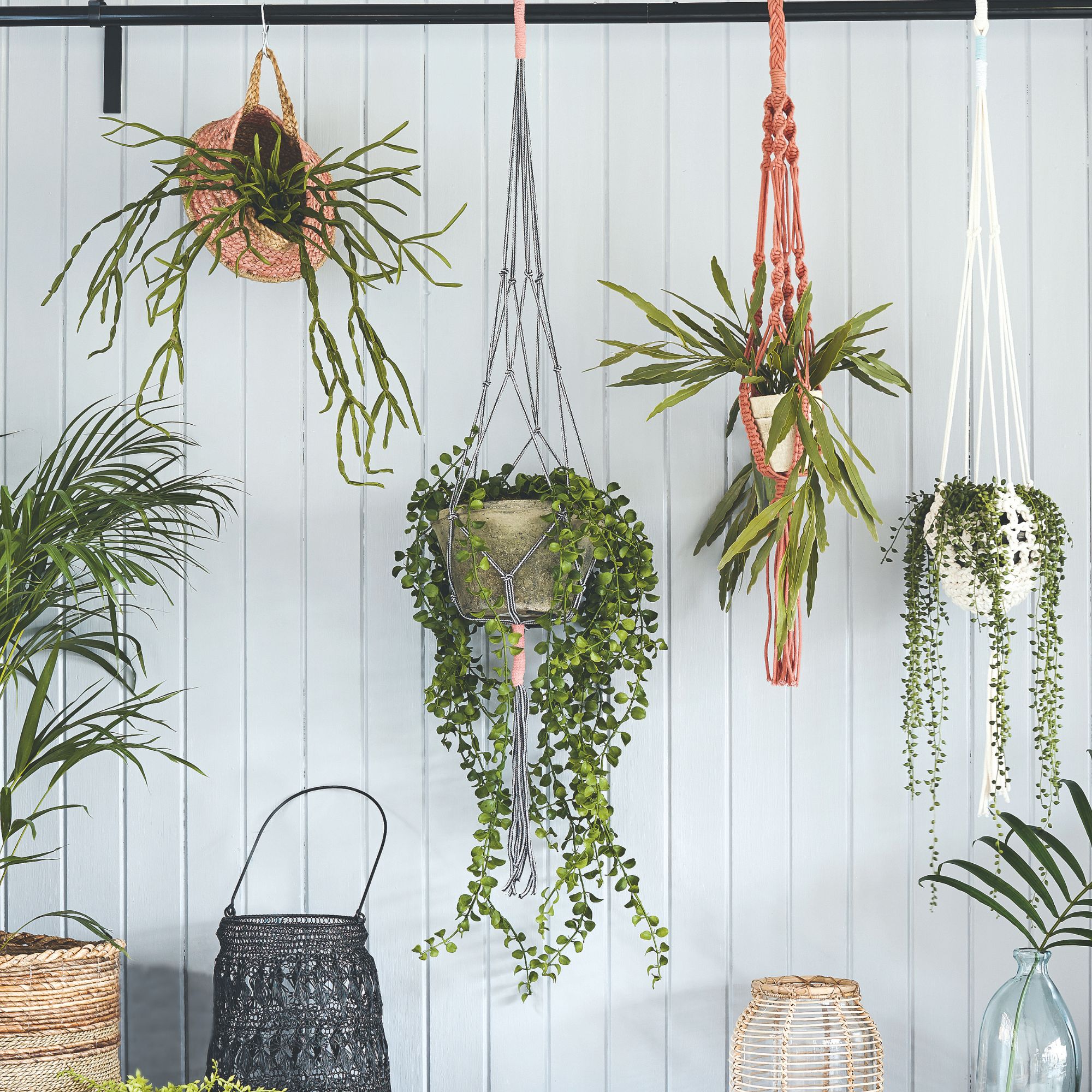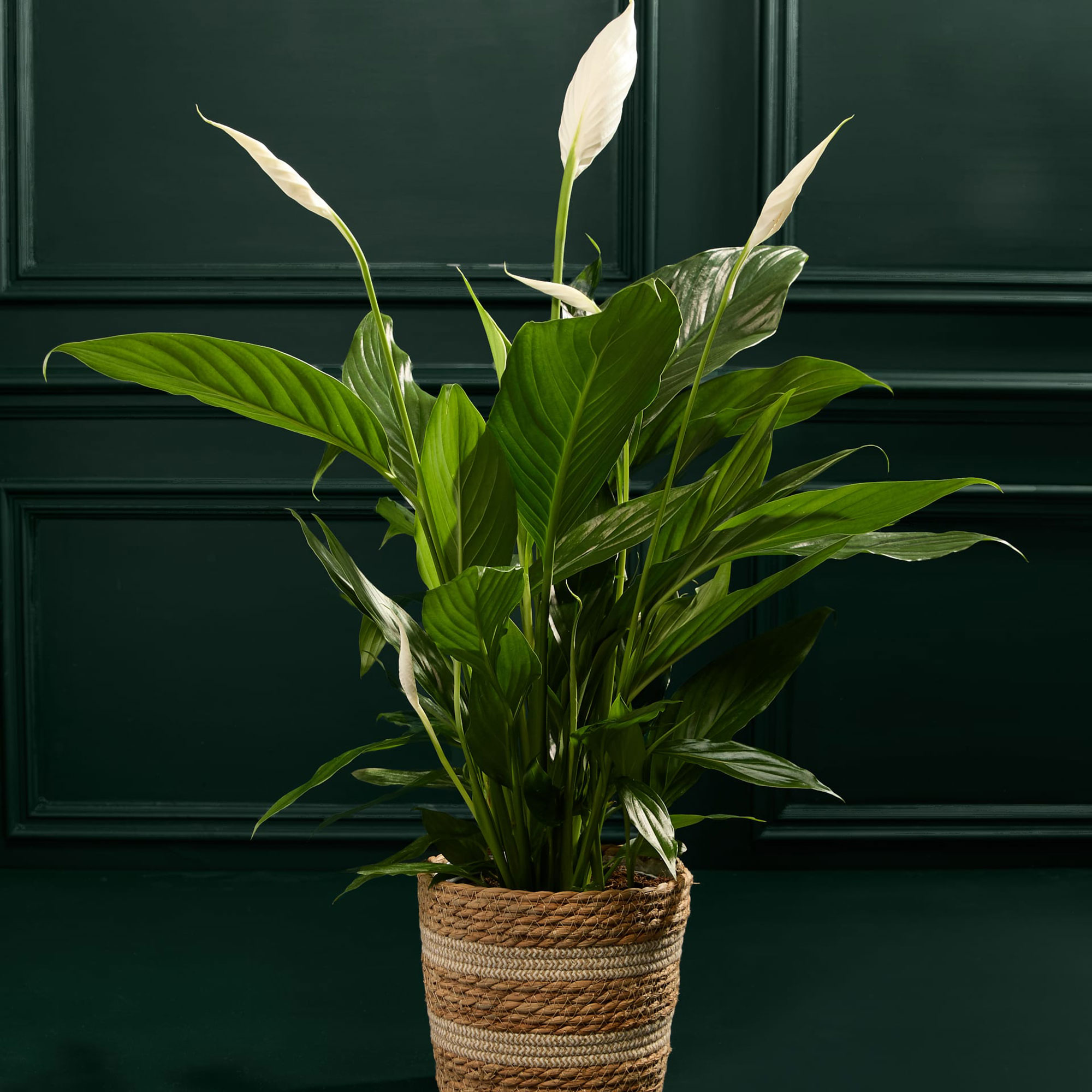The 'magic number' for how many houseplant you need in your home to improve air quality, according to NASA scientists
The exact number of house plants you need to enjoy purer air...



Thanks to the phenomenal success of Wicked, spells and sorcery are well and truly on everyone's minds at the moment – but did you know there is a magic number for house plants?
That's right; your house plant ideas may currently look like an overflowing Pinterest board driven by creativity and a desired aesthetic, but there is, in fact, a science to placing these potted beauties around your home.
So, before you stock up on the very best indoor plants, check out what the people at NASA (yes, actual NASA!) have to say on the matter.

NASA – aka the National Aeronautics and Space Administration in the USA – famously published some ground-breaking research around house plants back in 1989, aptly titled the 'Clean Air Study'.
'If man is to move into closed environments, on Earth or in space, he must take along nature’s life support system. Plants,' said Dr Wolverton, principal investigator, when his research was made public.
In it, Dr Wolverton and his fellow scientists revealed not only the best air-purifying indoor plants but also the magic number for house plants if you're on a mission to improve air quality at home.

To determine this, NASA placed house plants in sealed chambers and pumped in harmful Volatile Organic Compounds (VOCs) like ammonia, formaldehyde, xylene and toluene, trichloroethylene, and benzene for 24 hours.
Sign up to our newsletter for style inspiration, real homes, project and garden advice and shopping know-how
Then, they tested the air quality in each chamber to determine which plants were able to effectively remove VOCs from the air. And, in the process, they stumbled across the so-called magic number for house plants: it's one plant every 100 square feet – or 9.2 square metres, if you prefer.
This means that, in a home of roughly 167 square metres in size, you'll need around 15-18 house plants if you want to take your best shot at removing toxins from the air

That being said, the true magic number for house plants shifts and changes depending on the size and type of plants you plump for.
Ideally, you'll opt for larger and leafier plants, as air purification is influenced by the surface area of leaves present. This means that some indoor plants, like English Ivy from Crocus, are far better at removing VOCs than others.
Which plants to choose
Of course, the more house plants used in an area, the more likely the benefit to air quality and overall wellbeing – which is why many gardening pros advise you don't get too fixated on the numbers.
'In truth, there is no magic number, as this is down to space and personal taste' adds Kelly Dyer, in-house plant doctor at Patch Plants.
'That being said, the more plants you have, and the closer together they are, the more likely they are to create their own little microclimate, with a higher humidity than the room they’re in,' she continues.
'Most houseplants really enjoy high humidity so you’re likely to have happier healthier plants.'

FAQs
What plant is recommended by NASA?
If you want a plant that comes recommended by NASA, rest assured that both Red-edged dracaena and Cornstalk dracaena fared well in the Clean Air Study of 1989.
Florist's chrysanthemum, Janet Craig, Parlour Palm, Lady Palm, and Variegated snake plant also were proven to be incredibly effective at reducing air pollution.
The magic number for house plants, then, is entirely dependent on the size of your home, the size of the plants (and their effectiveness at reducing chemicals in the air) and your own personal tastes.
That being said, NASA's benchmark of one plant every 100 square feet seems like a great place to start. If you excuse us, we have some plant babies to purchase...

Kayleigh Dray became Ideal Home’s Acting Content Editor in the spring of 2023, and is very excited to get to work. She joins the team after a decade-long career working as a journalist and editor across a number of leading lifestyle brands, both in-house and as a freelancer.





